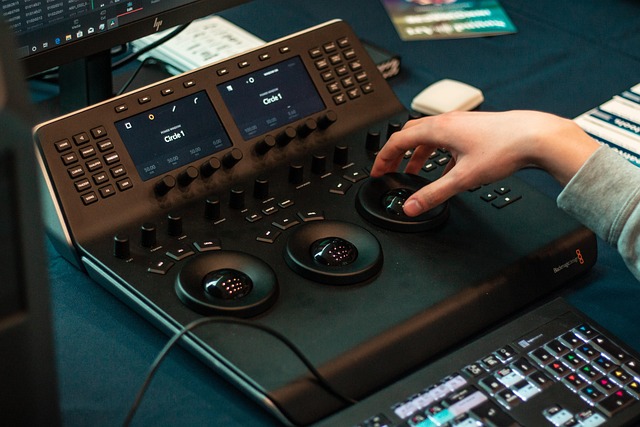Understanding the Importance of Monitor Calibration
In an age where visuals dominate our experiences, achieving accurate colors and stunning clarity on your display is essential. Whether you’re a graphic designer, a gamer, or someone who just loves binge-watching the latest series, the monitor calibration process can unlock a new level of immersion and precision.
The Role of Display Technology in Our Lives
Display technology has remarkably evolved over the years. From CRTs to the latest OLED screens, our devices have become windows to mesmerizing worlds. Yet, even the most advanced monitors require proper calibration to ensure they deliver what they are capable of. Without monitor calibration, colors can appear distorted, leading to a frustrating experience whether you’re watching a visually stunning film or editing photos.
Why Monitor Calibration Matters
Imagine watching your favorite movie, only to realize that the colors look flat and uninviting. Colors might be oversaturated or undersaturated, images can lack contrast, and blacks might appear gray instead of deep and rich. This is where monitor calibration comes into play—not just as a technical necessity but as a way to enhance your artistic vision and enjoyment.
The Technical Side of Monitor Calibration
Calibration involves adjusting the screen’s settings using software or hardware tools to meet specific color standards. This process fine-tunes gamma, brightness, contrast, and color balance. While the technical aspect might seem daunting, user-friendly tools and detailed guides can simplify the process.
Steps to Achieving Visual Accuracy
- Choose the Right Equipment: A good calibration tool can significantly ease the process. Devices like a colorimeter can provide you with accurate readings.
- Set Your Environment: Make sure the room lighting is consistent and not too bright to avoid reflections that can skew your perception of colors.
- Start with the Basics: You can begin by adjusting the brightness and contrast through your monitor’s built-in settings.
- Use Calibration Software: Many users will benefit from software that can guide them through the calibration process, offering step-by-step adjustments based on industry standards.
- Regular Checks: Monitor settings can drift over time, so it’s essential to periodically check and recalibrate to maintain color accuracy.
Real-World Applications of Monitor Calibration
In creative fields like photography and video production, monitor calibration is not just beneficial; it’s a vital step in ensuring that the final product matches the creator’s vision. Gamers also experience an extensive transformation in gameplay with well-calibrated monitors, as it enhances their ability to spot details and notice subtleties that can impact performance.
Enjoying a Richer Visual Experience
For the average viewer, properly calibrated monitors not only provide a richer visual experience but also relieve eye strain and enhance overall enjoyment. Take a little time to calibrate, and you’ll be amazed at the difference in hues and contrasts. You’ll see your favorite shows and games in a whole new light, experiencing the vibrancy and depth that you didn’t even know you were missing.
Embrace the Journey of Calibration
Embracing the journey of monitor calibration allows you to reclaim control over your visual experience. As we continue to immerse ourselves in various forms of digital content, being proactive about calibration can lead to enlightening experiences, better productivity, and greater satisfaction in what we see. With the right techniques at hand, you can master your monitor and elevate every pixel to perfection!



